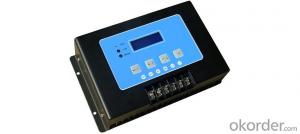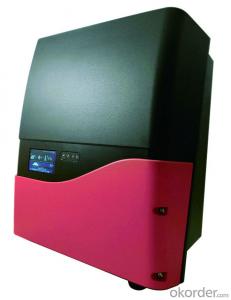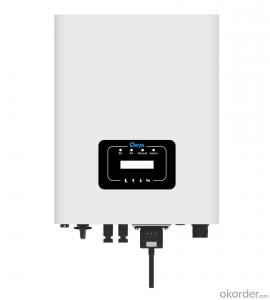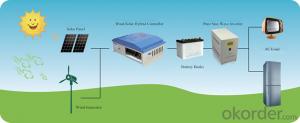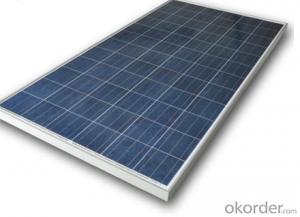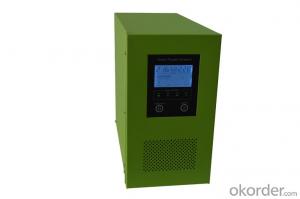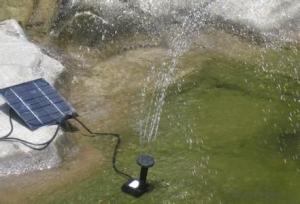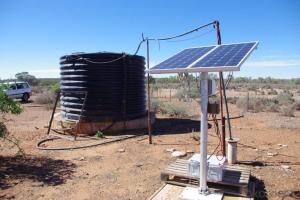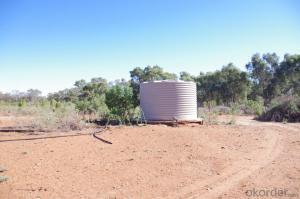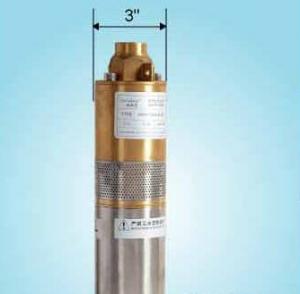Pcu Mode In Solar Inverter
Pcu Mode In Solar Inverter Related Searches
Solar Pcu Inverter Solar Hybrid Pcu Inverter Solar Inverter Pcb Kit Pcs Solar Inverter Solar Inverter Pcb Board Pwm Solar Inverter Solar Inverter Pcb Layout Inverter With Solar Input Pv Solar Inverter Solar Pv Inverter Pv Powered Solar Inverter Inverter In Solar Power Plant Solar Inverter Configuration Inside Solar Inverter Convert Inverter To Solar Solar Powered Power Inverter Power Solar Inverter Inverter With Solar Charger Solar Powered Inverter Inverter In Solar Solar Inverter Night Mode Pv3500 Solar Inverter Inverter With Solar Panel Inverter Ac With Solar Panel Solar Pv Inverter Types Inverter With Solar Panels Best Solar Pv Inverter Inverter On Solar Panel Split Phase Solar Inverter Solar Pv Inverter LocationPcu Mode In Solar Inverter Supplier & Manufacturer from China
Pcu Mode In Solar Inverter is a crucial component in the field of renewable energy, designed to convert solar energy into usable electricity for various applications. This product plays a vital role in harnessing the power of the sun and making it accessible for residential, commercial, and industrial purposes. By efficiently managing the energy flow from solar panels to the electrical grid or battery storage systems, Pcu Mode In Solar Inverter ensures that the generated power is optimized and utilized effectively.The application and usage scenarios of Pcu Mode In Solar Inverter are vast, ranging from small-scale residential setups to large-scale solar power plants. It is employed in off-grid systems to provide electricity to remote areas without access to the main power grid, as well as in grid-tied systems where excess power can be fed back into the grid. Additionally, Pcu Mode In Solar Inverter is used in hybrid systems that combine solar power with other energy sources, such as wind or diesel generators, to ensure a reliable power supply. This product is also integral to electric vehicle charging stations, providing a sustainable and eco-friendly source of energy for the growing number of electric vehicles on the road.
Okorder.com is a reputable wholesale supplier of Pcu Mode In Solar Inverter, offering a wide range of products to cater to the diverse needs of customers worldwide. With a large inventory and a commitment to quality, Okorder.com ensures that clients receive the best possible products at competitive prices. Their extensive selection includes inverters from various manufacturers, catering to different power requirements and system configurations. By partnering with Okorder.com, customers can be confident in the reliability and performance of their Pcu Mode In Solar Inverter, knowing that they are backed by a trusted supplier with a strong focus on customer satisfaction.
Hot Products

